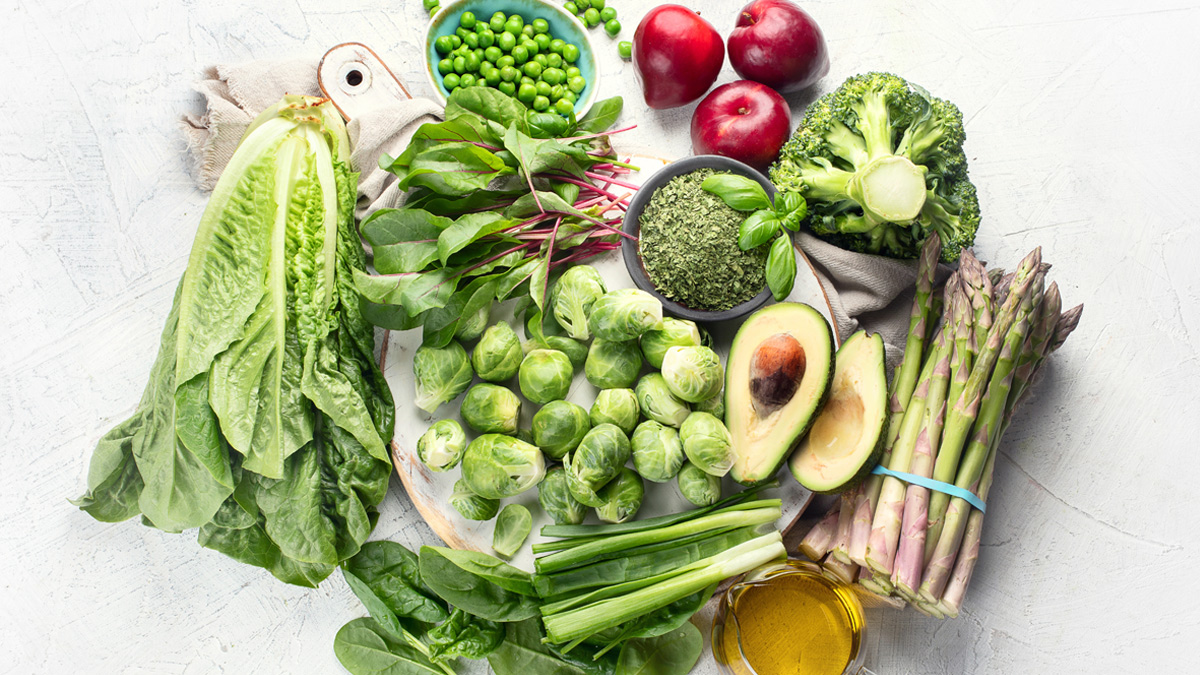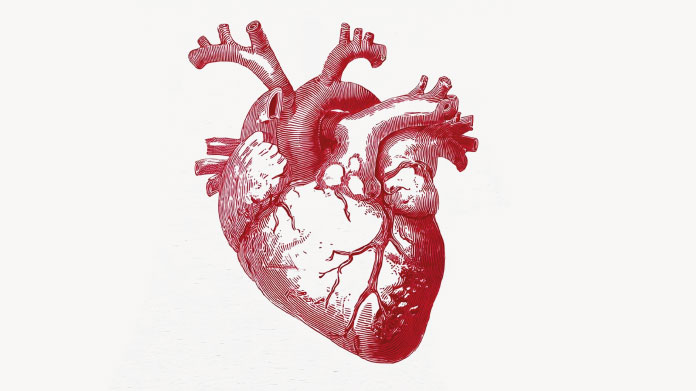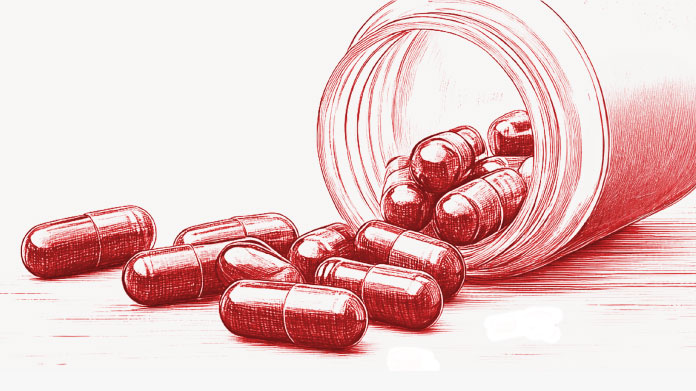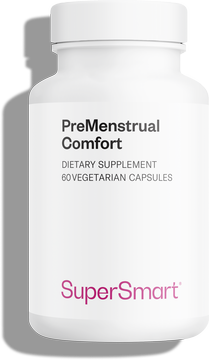What are the differences between vitamins K1 and K2?
Though most people are aware of vitamin K, it’s less well-known that there are actually two main forms of this vitamin: phylloquinone (K1) and menaquinone (K2). Do you know the differences between them?

There are two main forms of natural vitamin K: phylloquinone (K1) and menaquinone (K2). Vitamin K1 is primarily found in green leafy vegetables and plays a role in blood coagulation, while vitamin K2 is mainly produced by gut microbiota and is essential for healthy arteries and bones. They are both absorbed in the small intestine.
Vitamin K1, essential for blood coagulation
Phylloquinone is essential to the circulatory system: without it, the liver is unable to produce the molecules that ensure coagulation of the blood (1). Serious K1 deficiency poses a risk of haemorrhage while in contrast, certain anticoagulant treatments are vitamin K antagonists – they work by reducing its blood-clotting action.
Vitamin K1 is found in green vegetables (spinach, cabbage, lettuce, broccoli …), and soya and rapeseed oils.
Vitamin K2, essential for healthy arteries and bones
Like vitamin K1, vitamin K2 is a protein activator, and participates in blood coagulation (2). But it is more often recognized for its essential role in maintaining arterial flexibility (3). Menaquinone activates matrix Gla-protein (MGP), which contributes to the elimination of calcium in the arteries, thus helping to prevent calcification and associated risks such as hypertension.
Its role in calcium metabolism also means it is able to protect bone density (4), particularly in at-risk groups (menopausal women, infants): without vitamin K2, calcium would not be taken up by the protein osteocalcin for subsequent binding to, and strengthening of, the bone matrix.
Due to its chemical structure, it remains in the blood longer - a few days rather than a few hours in the case for vitamin K1 - and therefore has longer-lasting effects (5).
Vitamin K2 is produced in the body from bacteria present in the gut. It’s also found in highly-fermented foods such as sauerkraut, natto (a Japanese food based on fermented soya beans), cheese, liver, yogurt, and of course, dietary supplements. The SuperSmart catalogue offers the only form of vitamin K2 able to produce an 8-fold increase in vitamin K blood levels: MK-7 90 mcg. It comes in the form of softgels for maximum absorption, and is combined with vitamin D for scientifically-supported synergistic effects!
References
- Thilo Krueger, Vincent M. Brandenburg, Leon J. Schurgers, Jürgen Floege : Vitamin K in vascular health – more than just a role in coagulation. Port J Nephrol Hypert. 2008, Vol. 22(2), pp 143-148.
- Theuwissen E, Teunissen KJ, Spronk HMH, Hamulyák K, Ten Cate H, Shearer MJ, Vermeer C, Schurgers LJ : Effect of low-dose supplements of menaquinone-7 (vitamin K2 ) on the stability of oral anticoagulant treatment: dose-response relationship in healthy volunteers. J Thromb Haemost. 2013, Vol. 11, pp 1085–1092.
- Olivier Phan, Michel Burnier : Calcifications vasculaires et déficit en vitamine K : un facteur de risque modifiable dans l’insuffisance rénale chronique. Rev Med Suisse. 2013, Vol. 9, pp 451-455.
- Iwamoto J, Takeda T, Sato Y : Effects of vitamin K2 on osteoporosis. Curr Pharm Des. 2004, Vol. 10(21), pp 2557-76.
- Schurgers LJ, Teunissen KJ, Hamulyák K, Knapen MH, Vik H, Vermeer C. : Vitamin K-containing dietary supplements: comparison of synthetic vitamin K1 and natto-derived menaquinone-7. Blood. 2007, Vol. 109(8), pp 3279-83.
Keywords
4 Days
Great customer service - responsive …
I ordered from them and my item was unavailable for sometime. I was super happy when they reactivated my order and shipped my item which arrived very quickly. Great customer service.
Ruth Rueter
5 Days
Super fast shipping
Super fast shipping
Donald Borling
8 Days
Reputable companysearch and the number of…
The research and the number of selection of products.
NAKHJAVAN Shervin
21 Days
The Anti Aromatase is a great product
The Anti Aromatase is a great product. You just need to have constant inventory. Recently this product has been out of stock.
GEORGE Verne
23 Days
Great help on chat
Great help on chat. Knowledgeable and friendly.
Jason Argos
26 Days
Customer service was fast and friendly.
Customer service helped to stop the transaction process of the subscription. I appreciated that.
Greenie
27 Days
I order here due to the high quality of…
I order here due to the high quality of the products and the quick delivery of items - thank you
Barbara J
28 Days
SuperSmart's Eye Pressure supplements: highly recommended!
I purchase SuperSmart's Eye Pressure supplements regularly for over 5 years, and gotta say they are truly a wonderful product for my Glaucoma. Highly recommended if you have eye pain from your Glaucoma.
D. Martinez
33 Days
Quick service
Quick service
MONELL
33 Days
Speedy service.
Speedy service.
ROSENTHAL Marvin
37 Days
Clear website- Efficient
Clear website. Excellent search engine and fast delivery!
Mohamad Hussein
40 Days
They have great products.
They have great products.
Vickie
40 Days
Great Shipping Time!
You Have A Great Shipping Time! Praise The Lord!
DMHoge
42 Days
Doctor Recommended!
Good pricing, very good availability, doctor recommended (couldn't find what I needed anywhere else), and it took only a week to arrive (which I can't complain about).
Al
42 Days
Great product and fast shipping
Great product and fast shipping
Marie


.jpg)


